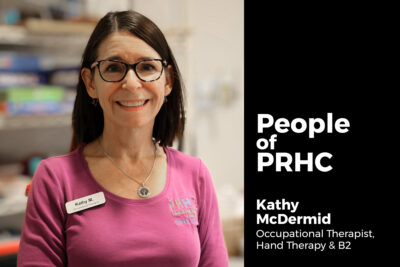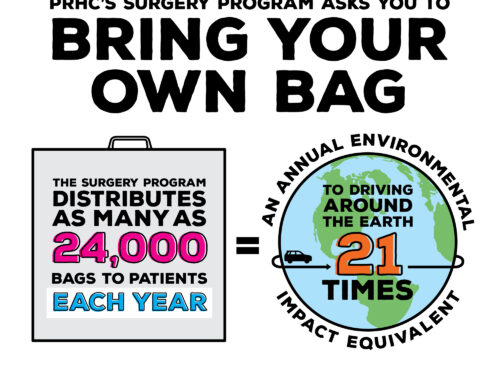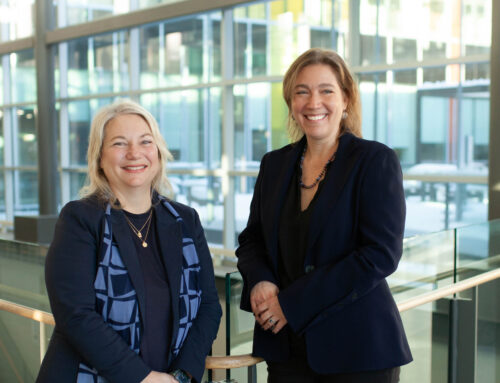 “As an occupational therapist (OT), I work with a multidisciplinary team and complete holistic assessments of patients,” says Kathy McDermid, an OT with PRHC for the last 15 years. “We find out how they were functioning before their hospital admission, and how it compares to where they are now. Although mobility is an important part of the picture, OTs are most interested in function.”
“As an occupational therapist (OT), I work with a multidisciplinary team and complete holistic assessments of patients,” says Kathy McDermid, an OT with PRHC for the last 15 years. “We find out how they were functioning before their hospital admission, and how it compares to where they are now. Although mobility is an important part of the picture, OTs are most interested in function.”
Before joining the team at the hospital, Kathy previously worked in a variety of other settings, including homecare, a children’s treatment centre, and school health.
“After 34 years, I still learn something new literally every day. Each day is interesting, and I think it’s being part of a big team that I like the most. You collaborate with so many disciplines throughout the organization. I like the feeling of community that comes from working together to help people,” Kathy explains.
OTs support patients with activities of daily living (ADLs), which includes activities like getting dressed, bathing, and toileting. OTs also set up wheelchairs and other equipment for patients, work on strength training with patients in the rehabilitation gym, and support discharge plans for people who will be leaving the hospital soon. This includes ensuring patients have a plan for grocery shopping, homecare support, safety equipment, and anything else that will make their transition home easier.
When asked what she would share with students considering a career in occupational therapy, Kathy says: “OT has such a broad scope of practice. You can spend an entire career in the field but move around and work in different types of settings, with different types of patient populations. What I think is unique about OT is that we tend to be real problem solvers, and we get to exercise our creative thinking to come up with unique solutions for different patients. It feels good to improve someone’s quality of life by helping them regain their independence.”







